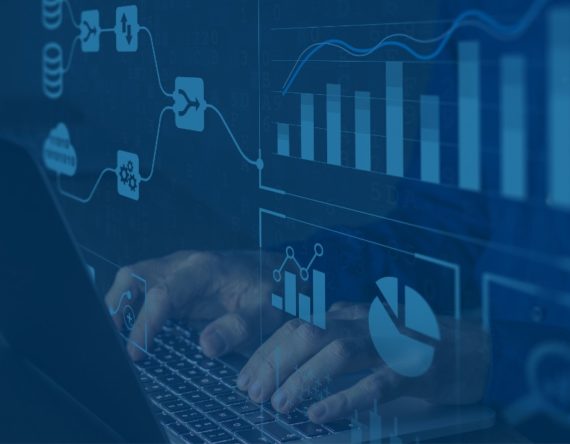By integrating AI-powered tools into their e-communications compliance reviews, firms can transition from reactive audits to proactive, risk-based oversight. Unlike manual sampling or basic keyword searches, AI systems can process vast troves of unstructured data to uncover hidden trends, flag behavioral red flags, and surface potential misconduct—before regulators do.
Key capabilities include:
- Sentiment analysis to detect tone shifts or escalating tension in group chats, which may indicate conduct risks or emerging culture issues.
- Anomaly detection to flag unusual communication patterns, such as off-channel conversations or deviations from team norms.
- Risk scoring models that prioritize alerts based on severity and context, reducing noise and allowing teams to focus on high-impact issues.
- Multilingual analysis and adaptive learning, enabling broader coverage across global teams and evolving slang or code words.
However, AI is not a silver bullet. Organizations still need well-defined policies, clear governance, and strong oversight frameworks to make these technologies effective.
As regulators from the SEC and DOJ increasingly expect institutions to demonstrate “reasonably designed” compliance programs, deploying AI responsibly—and transparently—can offer a defensible way to show rigor and responsiveness.
For firms navigating heightened regulatory expectations and a constantly evolving communications landscape, AI can serve as a critical accelerant. But like any powerful tool, its success hinges on thoughtful implementation and a commitment to continuous refinement. With the right balance of technology and human judgment, compliance teams can finally turn the tide in the battle to monitor—and manage—the digital chatter that defines modern business. Read more about how StoneTurn is leveraging AI and LLMs to assist clients in Corporate Compliance Insights.
If you have any questions or would like to discuss this topic please reach out to Jonny Frank, Nathan Gibson, Michael Costa, or Kashif Sheikh.
To receive StoneTurn Insights, sign up for our newsletter.










